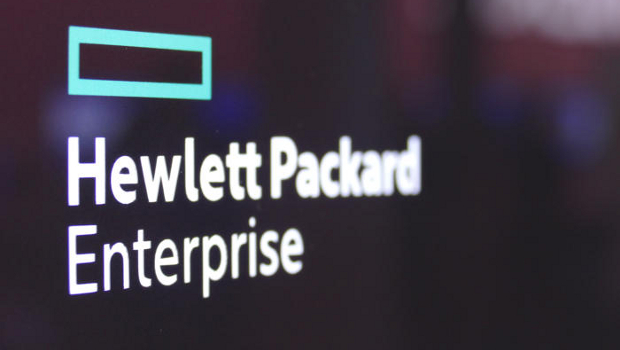In the 18 months since the company split from its sister consumer business, Hewlett Packard Enterprise has been in an almost constant state of refining its strategy.
The company backed out of the public cloud market; sold off its Enterprise Services Business to competitor CSC for $8.5 billion (€8 billion); dealt other “non-core” assets to Micro Focus in an $8.8 billion deal; and dumped its OpenStack and Cloud Foundry development efforts off to Suse. HPE also bought all-flash storage vendor Nimble storage for $1 billion (€942 million) last year and snapped up hyperconverged infrastructure vendor Simplivity for another $650 million (€612 million) in January.
HPE wants to own the next generation of infrastructure management. And a big part of that is what HPE is calling a whole new type of infrastructure dubbed “composable”
So, what is the common theme running through all of these moves? HPE Senior Vice President and General Manager of the company’s Software Defined and Cloud Group Ric Lewis says it is simple: HPE wants to own the next generation of infrastructure management. And a big part of that is what HPE is calling a whole new type of infrastructure dubbed “composable.”
Big picture
HPE’s overall strategy has been narrowed to focus on three core areas, Lewis says. One is hybrid IT: HPE wants to help customers build private clouds on next-generation infrastructure that integrates with public cloud resources. A second broad focus area is what Lewis calls the “Intelligent Edge,” which encompasses technologies related to the Internet of Things (IoT). Finally, the third pillar revolves around services and helping customers successfully execute projects in the first two areas.
One perception that HPE struggles with is the notion that it does not have a public IaaS cloud to compete with the likes of Amazon Web Services, Microsoft Azure and Google Cloud Platform. Lewis says despite public IaaS cloud getting the lion’s share of attention, “that misses how important private cloud is.” Private cloud and on-premises infrastructure is the market that HPE wants to own, which includes helping customers manage their use of public IaaS cloud resources. This strategy will not be easy though as a host of other legacy enterprise infrastructure vendors are vying for the same prize, including Dell-EMC, Cisco and IBM.
There is opportunity though. A recent Worldwide Infrastructure Forecast by IDC estimates that through 2020, public cloud infrastructure is set to grow at 15% compound annual growth rate; private cloud is forecast to grow at 11%. This compares to traditional IT growing at only 2%. If companies like HPE and others can offer compelling options, there is a market for enterprises to upgrade their on-premises infrastructure.
First next-wave: HCI
On the immediate horizon for next-generation enterprise data centre design is hyperconverged infrastructure (HCI). HCI or integrated systems typically deliver a package of pre-compiled servers, network and storage components in a single engineered offering. This is opposed to buying those components separately and end users configuring them. HCI systems are typically sold as software that controls infrastructure resources or as hardware-software combinations, and they are most typically used for virtual desktop infrastructure or as a type of VM vending machine that offers users virtual or even bare metal infrastructure, says Gartner research director Paul Delory.
HPE’s product in this market is named the Hyper Converged 380, and it has been out for a couple of years. Most analysts see it as trailing offerings from market leaders Nutanix, Simplivity and Dell EMC (VxRail). HPE significantly upgraded its position in the market last year when it acquired Simplivity, automatically making the company one of the premier HCI vendors.
HCI is an estimated $1.5 billion (€1.41 billion) annual revenue run rate market and is in a phase of “rapid maturation,” says Forrester Research analyst Richard Fichera. As the market matures, he expects use cases for HCI will become more diverse and more widely known about. A recent survey by Forrester found that up to 50% of HCI customers were running databases on their HCI platform, and up to one-third were running enterprise applications such as collaboration, enterprise resource planning or HR and finance apps on HCI.
Lewis says the plan is to integrate the HC380 and Simplivity product lines, with the first step being to certify Simplivity to run on HPE’s DL380 servers this year. In the future, HPE will plan to offer Simplivity exclusively on HPE hardware, while still supporting any previous Simplivity customers who run the system on non-HPE hardware, Lewis says.
Future: composable infrastructure
HCI is a viable market today, but Lewis and HPE are already looking beyond that to the future. What Lewis is really excited about is HPE Synergy: It is what he calls a composable infrastructure system (CIS) that HPE launched in December 2015. Composable infrastructure has three components: fluid pools of compute, storage and fabric (network) capacity that can be provisioned as needed; software-defined intelligence that controls them; and an API to access it.







Subscribers 0
Fans 0
Followers 0
Followers